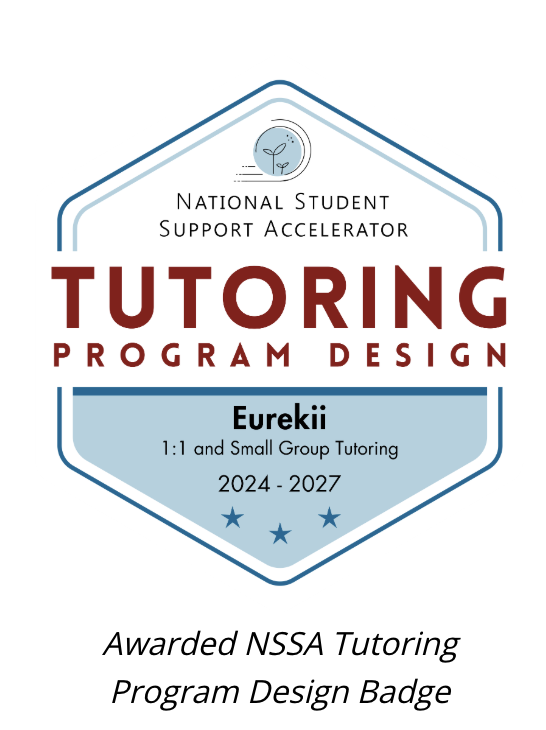5 Reasons Why Kids Don’t Love Math Class in Schools
5 Reasons Why Kids Don’t Love Math Class in Schools
Math is often considered one of the most challenging and least favorite subjects among students. While some students thrive in math, a significant number do not enjoy math class at all. Understanding why kids might not love math is crucial for educators and parents who want to foster a better learning experience. Here are five common reasons why students struggle to love math class in schools, backed by research and expert insights.
1. Lack of Real-World Relevance
One of the main reasons kids struggle to engage with math is because they don’t see how it applies to their everyday lives. Many math curricula focus heavily on abstract concepts without demonstrating how these concepts can be used in real-world situations. When students cannot connect what they are learning in the classroom to the outside world, they often become disinterested.
According to a study by the National Council of Teachers of Mathematics (NCTM), integrating real-world problems into math lessons helps students see the value of math in their daily lives and future careers. The NCTM suggests that when students understand how math can be applied to real-world scenarios, their interest and engagement in the subject increase significantly.
2. Overemphasis on Rote Memorization
Another reason why students may dislike math is the emphasis on memorization over understanding. Many math classes focus on memorizing formulas, rules, and procedures rather than fostering a deeper understanding of the concepts. This approach can make math feel like a series of disconnected tasks, leading to frustration and a lack of interest.
Research from the Journal of Educational Psychology highlights that students who are taught math through a conceptual understanding approach, rather than a rote memorization method, perform better and enjoy the subject more. Students who understand the ‘why’ behind the math are more likely to stay engaged and motivated.
3. Fear of Making Mistakes
Math is a subject where precision and correctness are highly valued, and this can create a fear of making mistakes. Many students feel anxious about getting the wrong answer, which can lead to a fear of participation and a negative attitude toward math. This fear is often exacerbated by high-stakes testing environments that emphasize correct answers over the learning process.
The Anxiety and Stress Research Center at the University of California found that math anxiety is a real phenomenon that affects a significant number of students. The fear of being wrong or not understanding the material can cause students to disengage from math entirely. Encouraging a growth mindset and creating a classroom culture that views mistakes as learning opportunities can help alleviate this anxiety and make math more enjoyable.
4. Teaching Methods That Don’t Cater to Different Learning Styles
Math classes often follow a one-size-fits-all approach, with little adaptation to different learning styles. Some students may learn best through visual aids, while others might prefer hands-on activities or verbal explanations. When math instruction does not accommodate these varying styles, students can become disengaged and frustrated.
Educational research from Edutopia suggests that incorporating diverse teaching methods, such as visual, auditory, and kinesthetic learning, can help engage all students and make math more accessible. For example, using manipulatives, interactive games, or collaborative group work can cater to different learning styles and make math more engaging for all students.
5. Lack of Individual Attention
Class sizes in many schools are large, and teachers may not have the time to provide individualized attention to each student. This can be particularly problematic in math, where concepts build on one another, and a single misunderstanding can lead to gaps in knowledge that affect future learning. Without the opportunity to ask questions or receive personalized guidance, students may fall behind and become discouraged.
According to a report by the National Education Association (NEA), smaller class sizes and individualized instruction are critical in subjects like math, where students often need more targeted help. The NEA recommends strategies such as peer tutoring, differentiated instruction, and smaller learning groups to ensure that all students get the support they need to succeed in math.
Conclusion
Understanding the reasons why students may not love math class is the first step in making math more engaging and enjoyable. By integrating real-world applications, focusing on conceptual understanding, reducing fear of mistakes, catering to diverse learning styles, and providing individual attention, educators can help foster a love for math in their students. Making these changes not only improves math achievement but also helps students develop a more positive attitude toward a subject that is crucial for their future success.
By addressing these common challenges, we can help students not only perform better in math but also enjoy the journey of learning and discovery that math offers






